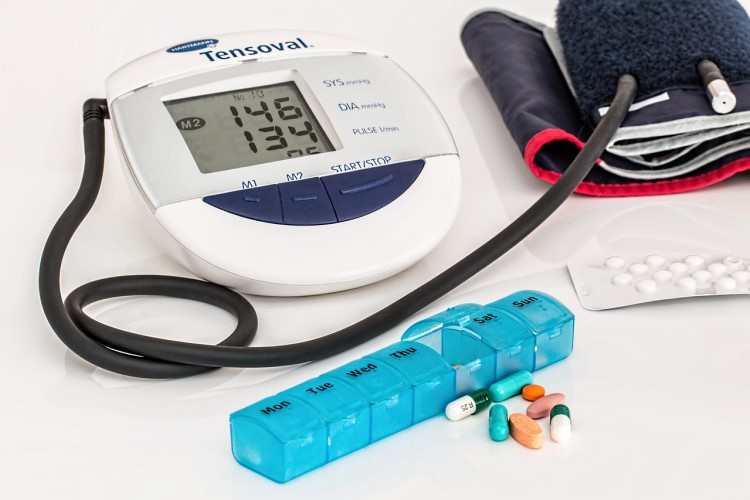- CONTACT US
- Self-care
- General Health

Do you eat enough vitamins? Although dietary conditions are getting better and better currently, according to WHO estimates, more than 200 million people around the world are deficient in essential vitamins and minerals. A nutritional survey covering more than 6,000 urban and rural residents in 31 provinces in China shows that Chinese people's intake of vitamin A, vitamin B1, vitamin B2, vitamin C, and vitamin E is significantly lower than the recommended values. posing high health risks.
How to make up for vitamin A
Vitamin A, plant-derived carotenoids are precursors to vitamin A, is mainly related to vision, immunity, and central nervous system development.
When you hear the word "development", you know that children use it more. Surveys show that infants and children are much more likely to be deficient in vitamin A than adults, with a prevalence rate of 5.16 percent among children aged 12 and under.
How can you tell if your child is deficient in Vitamin A? The most typical symptom of Vitamin A deficiency is impaired vision. Especially in low light conditions such as at night, a deficiency can make you blind and even cause permanent blindness.
Thankfully, vitamin A is commonly found in animal foods, such as animal offal, butter, poultry and eggs, cod liver oil, and fish eggs.
Plant-based vitamin A precursors can be obtained from red and orange vegetables such as carrots, tomatoes, peppers, and broccoli.
If your child doesn't like these and is experiencing impaired vision, a good piece of advice for you is to get your child to drink more milk. Milk has a very high vitamin A content. But be careful, don't choose skimmed milk, because the higher the fat content in milk, the higher the vitamin A content.
Pig liver ranks second to milk in vitamin A content, which provides about tens of milligrams of retinol per 100 grams, and it is also recommended that you give your child a proper supplement.
Vitamin A supplementation varies by age and gender. Here's an easy-to-follow guideline:
For children with vitamin A deficiency, one egg a day (containing 600μg of vitamin A/60g) will easily meet the standard and even provide a little extra, so that the body can build up reserves towards the longevity protein.
For adults who are deficient in vitamin A, 2 bags of milk (containing 250μg vitamin A/500ml) in the morning and 2 bags in the evening, plus an egg will meet the standard today.
To sum up, vitamin A supplementation relies on a balanced diet of meat, eggs, and dairy and focus on children's supplementation. As a reminder, although it is important to take enough vitamin A, there is an upper limit to the amount of vitamin A you can take, as there is a risk of chronic toxicity from too much vitamin A. For adults, the upper limit is 10mg per day.
LATEST POSTS
 How to supplement probiotics to improve gut microbiota?
How to supplement probiotics to improve gut microbiota? Light fasting is not so difficult, three steps to healthy light fasting
Light fasting is not so difficult, three steps to healthy light fasting Health Check: Weekly Average Step Count and Distribution
Health Check: Weekly Average Step Count and Distribution How to Select Ergonomic Chairs for Lumbar Spine Protection
How to Select Ergonomic Chairs for Lumbar Spine Protection Skin Cleansing the Right Way: Avoid Over-cleansing
Skin Cleansing the Right Way: Avoid Over-cleansing Weekend Health Checklist
Weekend Health Checklist How to Protect Your Family from Infectious Outbreaks in Fall and Winter?
How to Protect Your Family from Infectious Outbreaks in Fall and Winter? Lack of sleep emerges as a major trigger for heart disease
Lack of sleep emerges as a major trigger for heart disease Diet, exercise, and stress management can also improve gut microbiota
Diet, exercise, and stress management can also improve gut microbiota













